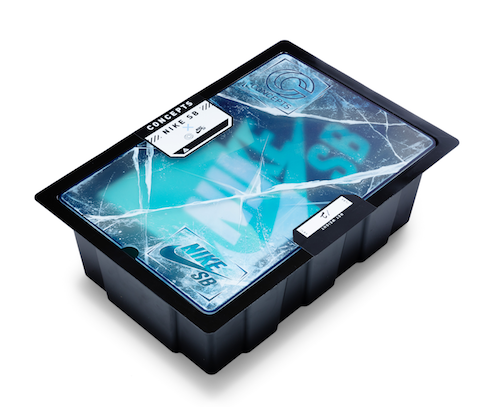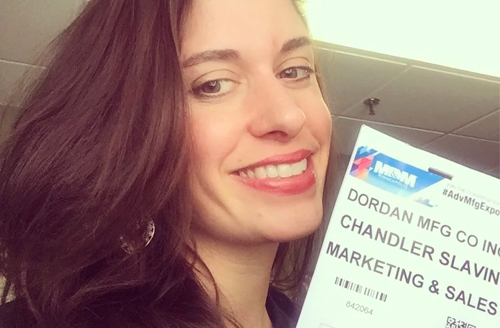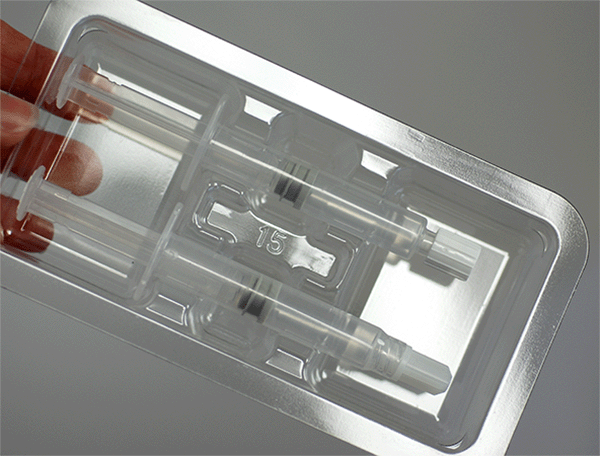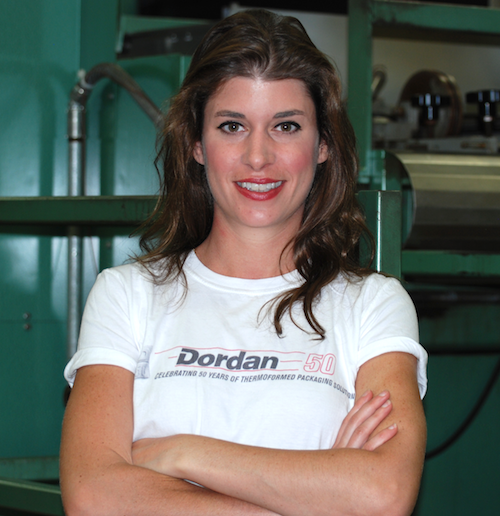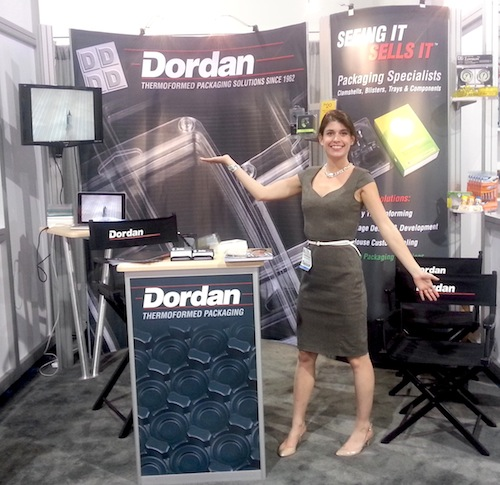Packaging Digest's new article, "Nike's new Green Lobster shoe box tests thermoforming limits," narrates the challenges that Dordan overcame in the design and manufacture of limited-edition packaging for the debut of Concepts x Nike SB collectable sneakers.

